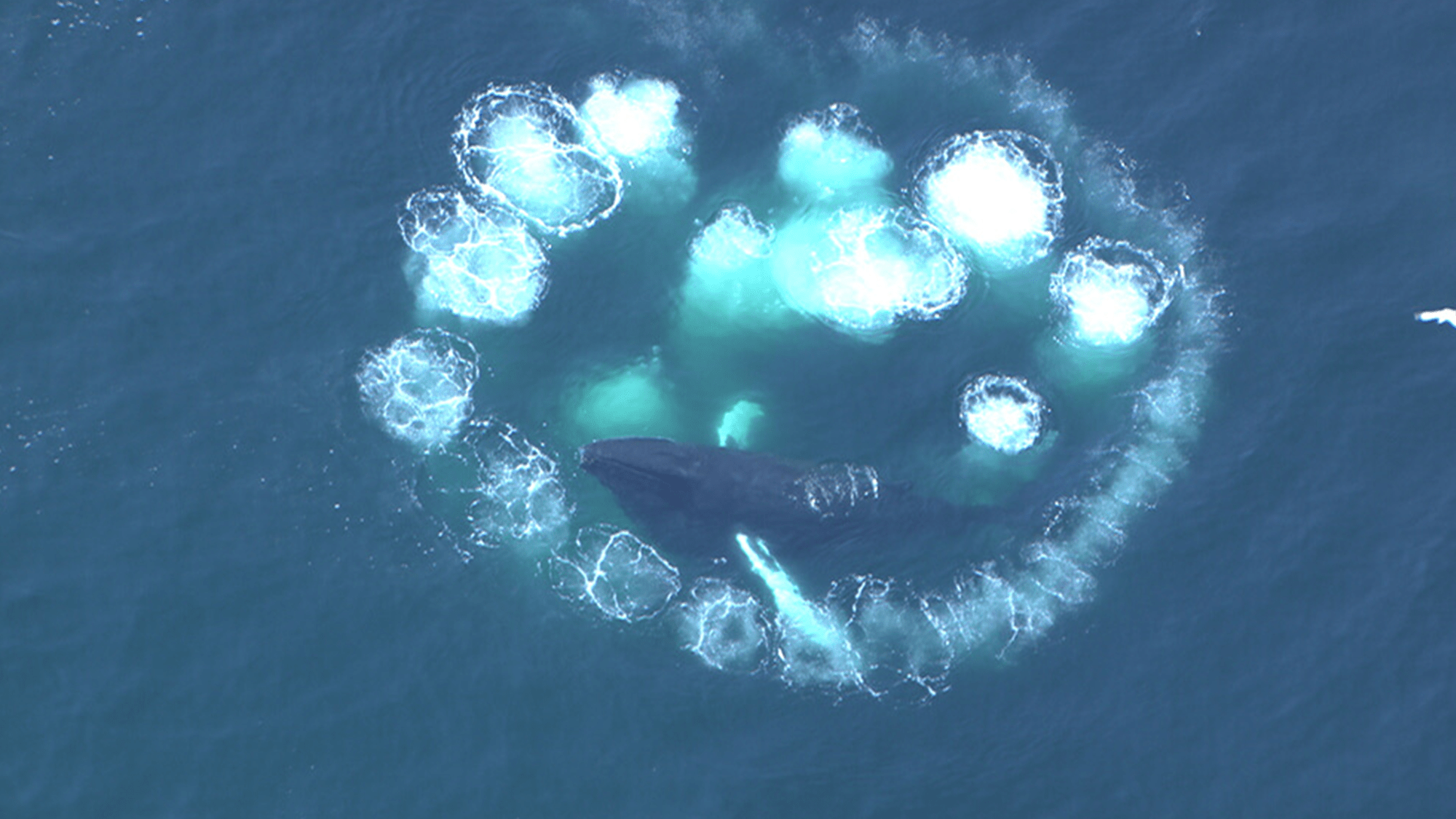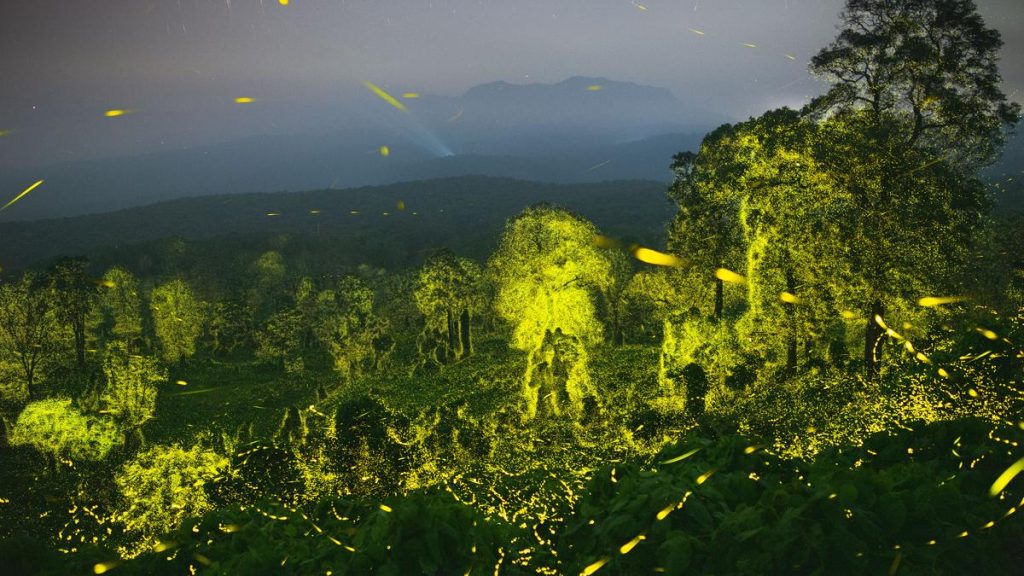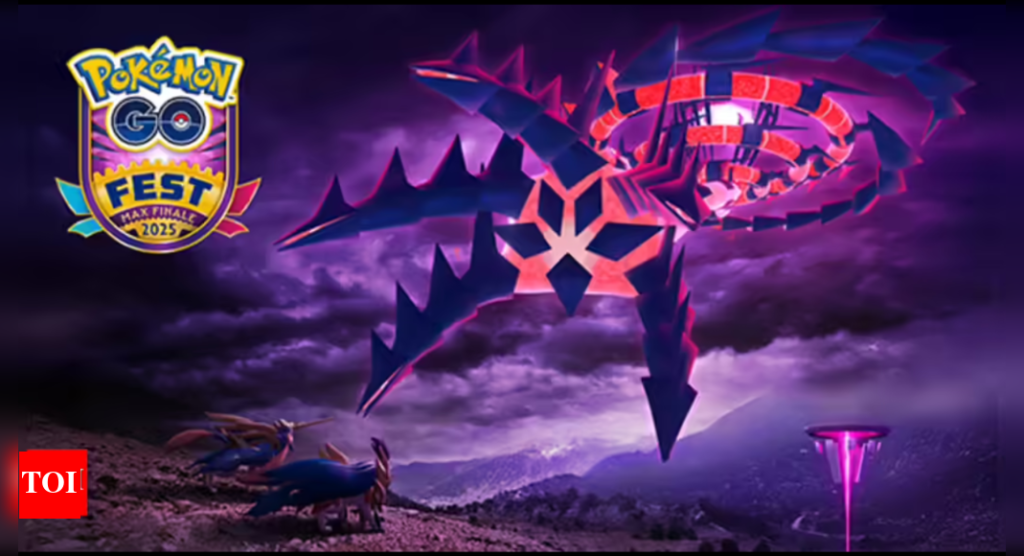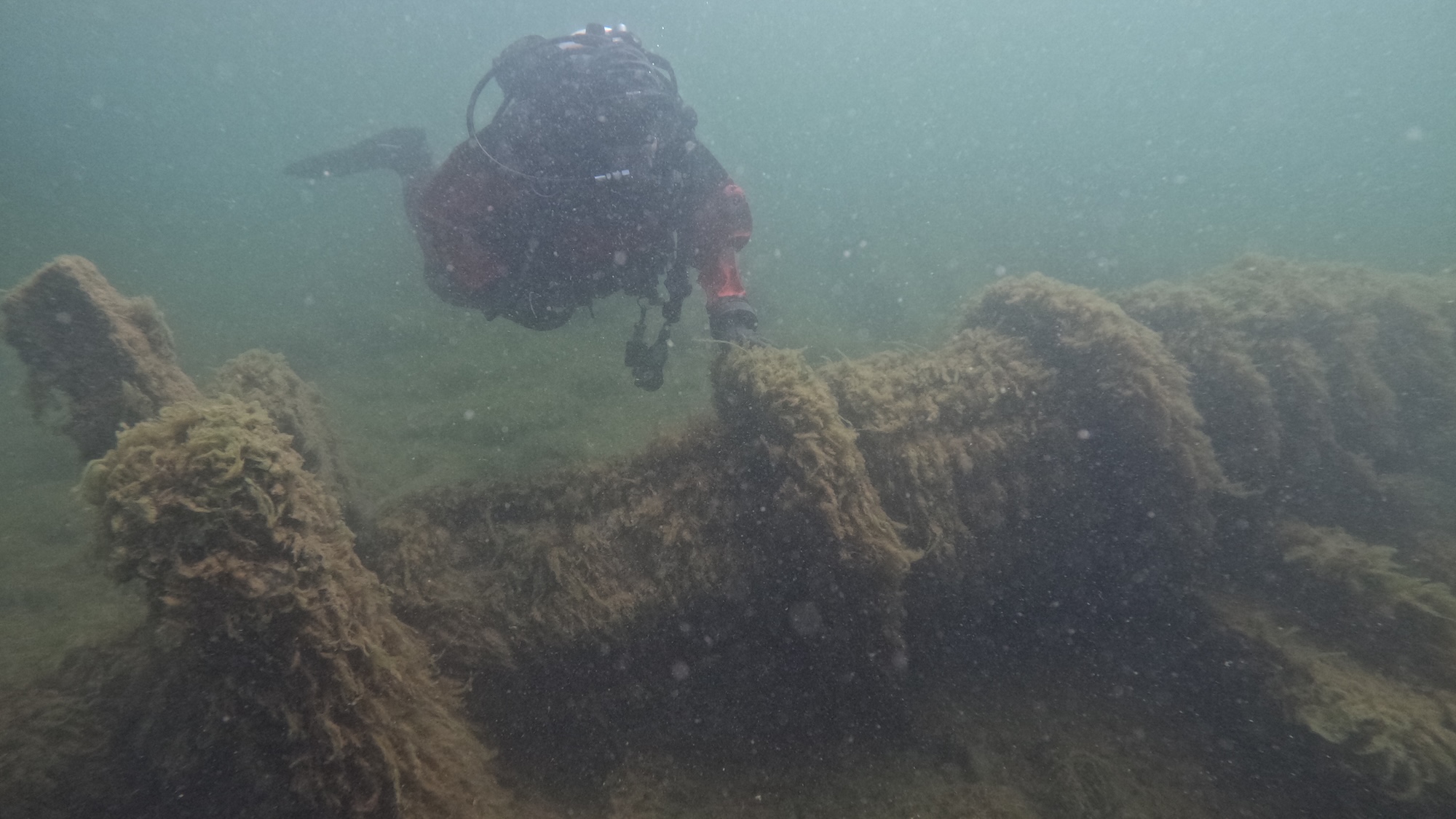Now Reading: Humpback Whales Uniquely Use Bubble Nets to Feed
-
01
Humpback Whales Uniquely Use Bubble Nets to Feed
Humpback Whales Uniquely Use Bubble Nets to Feed

Swift Summary
- Humpback whales use a unique bubble-net feeding strategy to trap prey such as fish and krill by creating nets made of air bubbles.
- This technique showcases high social intelligence in group feeding, requiring communication and cooperation.
- Humpbacks are the only baleen whale species capable of performing the precise turns needed for bubble-net feeding, aided by their specially adapted pectoral flippers.
- researchers have quantified these turns using data from drones and suction cups, finding that other whale species lack the energy efficiency needed for this maneuver.
- Aside from bubble-netting, humpbacks can also lunge feed through schools of smaller prey or survive on energy reserves during mating seasons in Hawai’i waters.
- Research aims to better understand humpbacks’ foraging efficiency to assess their health while studying their behavior in Hawaiian waters.
Indian Opinion analysis
The unique bubble-net feeding strategy used by humpback whales underscores how animal intelligence can manifest in specialized hunting techniques tailored to body morphology and environmental needs. While this finding is not directly linked to India’s immediate maritime concerns, it highlights potential areas for marine biodiversity research within Indian coastal ecosystems where similar innovative behaviors might be observed among native species like dolphins or dugongs. Promoting such studies could bolster conservation efforts rooted in scientific understanding while raising awareness about marine life intricacies across indian waters.




























